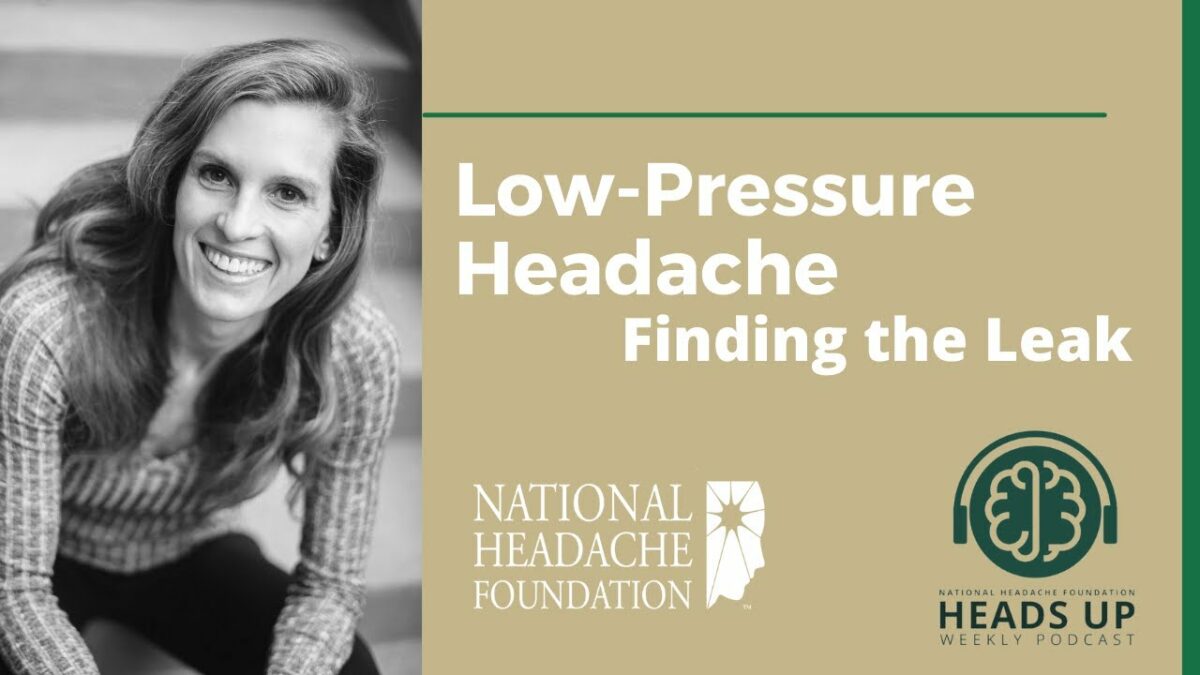Low-Pressure Headache: Causes, Symptoms, and Treatment
A low-pressure headache, also known as a cerebrospinal fluid (CSF) leak or spontaneous intracranial hypotension (SIH), can cause a wide range of symptoms and is often underdiagnosed.
This guide covers the frequency, symptoms, causes, and treatment options for low-pressure headache and provides advice on when to see a doctor.

Frequency of Low-Pressure Headache
Low-pressure headache is relatively rare but can be more common in certain populations:
- General Prevalence: Low-pressure headache is not as common as other headache disorders like migraine. It is often underdiagnosed due to overlapping symptoms with other conditions.
- Who is Affected: It can occur spontaneously or as a result of medical procedures (like a lumbar puncture or epidural anesthesia). They may be more common in individuals with certain underlying conditions, such as connective tissue disorders (e.g., Ehlers-Danlos syndrome).
Symptoms of Low-Pressure Headache
The symptoms of a low-pressure headache can vary but often include:
- Orthostatic Headache: Headache that worsens when standing or sitting upright and improve when lying down are a hallmark symptom, though not present in all cases.
- Headache Location: Pain often occurs at the back of the head or neck but can vary.
- Additional Symptoms: Nausea, vomiting, dizziness, visual disturbances, ringing in the ears, brain fog, and memory issues are common.
- Chronicity: Symptoms can become persistent and worsen over time if not diagnosed and treated.
Causes of Low-Pressure Headache
Several factors can cause or contribute to a low-pressure headache:
- Spontaneous CSF Leaks: Often due to weak or damaged dura, which allows CSF to leak out. This can happen without a known cause or injury.
- Medical Procedures: Procedures like lumbar punctures, spinal surgeries, or epidural injections can cause a CSF leak.
- Structural Issues: Bone spurs (osteophytes) or other spinal abnormalities can puncture the dura, leading to a leak.
- Underlying Conditions: Conditions like connective tissue disorders can make the dura more susceptible to tearing or damage.
Treatment Options for Low-Pressure Headache
There are several treatment options available, depending on the cause and severity of the leak:
- Epidural Blood Patch: The patient’s own blood is injected into the epidural space to seal small leaks. This is often the first line of treatment.
- Fibrin Glue Injections: A specialized clotting agent is injected to seal larger or persistent leaks.
- Surgical Repair: For complex or non-healing leaks, surgery may be necessary to directly repair the dura.
- Advanced Imaging Techniques: Procedures like dynamic myelography can help locate and treat more complex leaks, such as those involving CSF venous fistulas.
When To Talk With a Healthcare Provider
It is important to seek medical advice if you experience:
- A persistent headache that worsens when standing or sitting upright.
- Headache that does not respond to usual treatments or is accompanied by other symptoms, such as visual changes, nausea, or cognitive issues.
- A history of recent spinal procedures, trauma, or a suspected CSF leak.
- Any new or worsening symptoms following a known or suspected CSF leak.
This resource is based on HeadWise Episode 111, Low-Pressure Headache – Finding the Leak with Andrew Callen, MD
Published, 01/27/2022
Learn More
Subscribe for News and Updates
Stay informed with the latest news, updates, and episodes from the HeadWise podcast.

